S. A. Hedlund Collection
A small collection of books, 66 volumes in all. Many of them bear Hedlund's signature, and some are from his early school years. The majority of the collection consists of gifts presented to Hedlund, from the authors or translators of the various works. These titles often have dedications in them.
About the collection
The books have been issued in Hedlund's own time, and the majority of them have dedications (mostly) from the authors, but there are some notes from publishers and translators as well. A few of the books lack dedications, but in these cases, it is still very likely that they have been presented as gifts to S. A. Hedlund. Nine volumes (seven titles) with no dedications bear Hedlund's name. Five of these are quite obviously from his school years, and include some marginalia. On the endpaper of Lärobok i den physiska och politiska äldre och nyare Geographien is the following text, possibly with some transcription errors due to a somewhat unruly penmanship:
- Areopagen omtalas af alla forntida författare i en myt kring …s domstol. Dess ledamöter samlades … i natten, o(ch) det i den afsigt att icke af den bedröfliga anblicken af dess åtlöje låta förleda sig till en orättvis dom. Då de afgåvo sina röster på det sätt att i det de upptecknade den på en tafla, der envar ej en gång kunde anas, hwad den andra tänkte öfver det mål, som hamnat under domstolens ompröfning, sjelfva Ares blev inför densamma dömd, o(ch) deraf har den fått sin benämning. Den ansågs också värdig och rönte förtroende och ingen fruktan att det … det en rättvis domstol utmärks för sin själfständighet o(ch) sitt oberoende af alla tids-omständigheter liksom det ej av en vägran om orättvisa domar få någon gång en behörig tillrättavisning.
Beyond this, there are sketches of young men, mostly side-face, on both endpapers. In Lärobok i nyare historien by W. F. Palmblad (1832) is an additional drawing of a falling person with the note: ”S. Hedlund journeying to the Castle of the Sun”, likely alluding to the Greek myth of the Fall of Phaeton.
The collection amounts to 66 volumes, but includes 70 titles, as there are a few sammelbände among them.
Most of the authors in the collection are represented with a single work. However, three authors have contributed two titles each. They are: Cecilia Bååth-Holmberg, author of a great many works of popular science, and further known for having introduced Mother's Day in Sweden. Gustaf Björklund, who wrote several works on social, philosophical and scientific matters. Finally, French linguist Paul Passy. Paul's father Frédéric Passy was, alongside Henri Dunant, the first recipient of the Nobel Peace Prize, in 1901. Hedlund maintained correspondence with Frédéric Passy in 1867–1871 and supported the peace movement he founded, Ligue internationale de la Paix.
In general, the collection contains small prints on historical and scientific topics. A few exceptions are English translations of poems by Johan Ludvig Runeberg, and German translations of works by Esaias Tegnér. It is not just the grand designs of history that are mirrored in the collection, but a slow burn of constantly ongoing intellectual life within society, expressed as minor contributions to science published as various small prints. Though the collection is not large, its many small prints give an impression of the active, intellectual network surrounding S. A. Hedlund.
Bindings
28 of the volumes are bound in the same way: blue half-cloth bindings with gilded title and the author's name on the spine and front cover, full edge painting in red, and - in most cases - patterned endpapers from Henningsen & Wolf-Jürgensen in Copenhagen. The endpaper manufacturer has been identified thanks to the company name being visible at the edge of the endpaper of Amerikas förste opdagelse, by Rasmus B. Anderson. There is another type of endpaper in the collection, whose manufacturer is as yet unidentified, as in Ett blad i den svenska riksbankens historia, by Emil Wolff along with other titles.
Acquisition history
It is unclear when the book collection was acquired by the library. So far, no documentation of the transaction has been found. The majority of Hedlund's correspondence (17 000 letters) was donated to the library by his heirs in 1907. It is most likely that the book collection was acquired at the same time. However, it is evident that it does not represent Hedlund's entire library: in its current state, it is only a small fragment of Hedlund's full collection of books, as it once were. It is also possible that the collection came to the library as part of one of the additional acquisitions of archival materials relating to Hedlund which were later made.
We might speculate as to whether the library of S. A. Hedlund had already been sold in its entirety at some occasion or other, and that only fragments remained. The libraries' views on acquisitions and collections were somewhat different a century ago, and duplicates from acquired collections might be auctioned off at times, meaning this collection may have been larger, but was dispersed at some point. If this is the case, we might wonder why the particular titles that currently make up the collection were the ones selected for preservation.
Books with dedications made out to Hedlund surface from time to time in book auctions and among antiquarian booksellers, and some of these have been, as mentioned above, culled from the University Library in the 1990s, so it is evident that Hedlund's collection of books dedicated to him was significantly larger while he lived, and that it was dispersed after his death. On several more recent occasions, the University Library holdings have yielded books originally owned by Hedlund, and weeded from the library at an earlier date, as they were duplicates. One of these is a relatively new donation to the library from its First Librarian, Anders Larsson. No matter how the collection was once acquired, it must be stressed that the extant titles cannot be said to represent Hedlund's library in its onetime entirety. Despite this, the collection can still provide a glimpse of Hedlund, his network, and to some extent, his library.
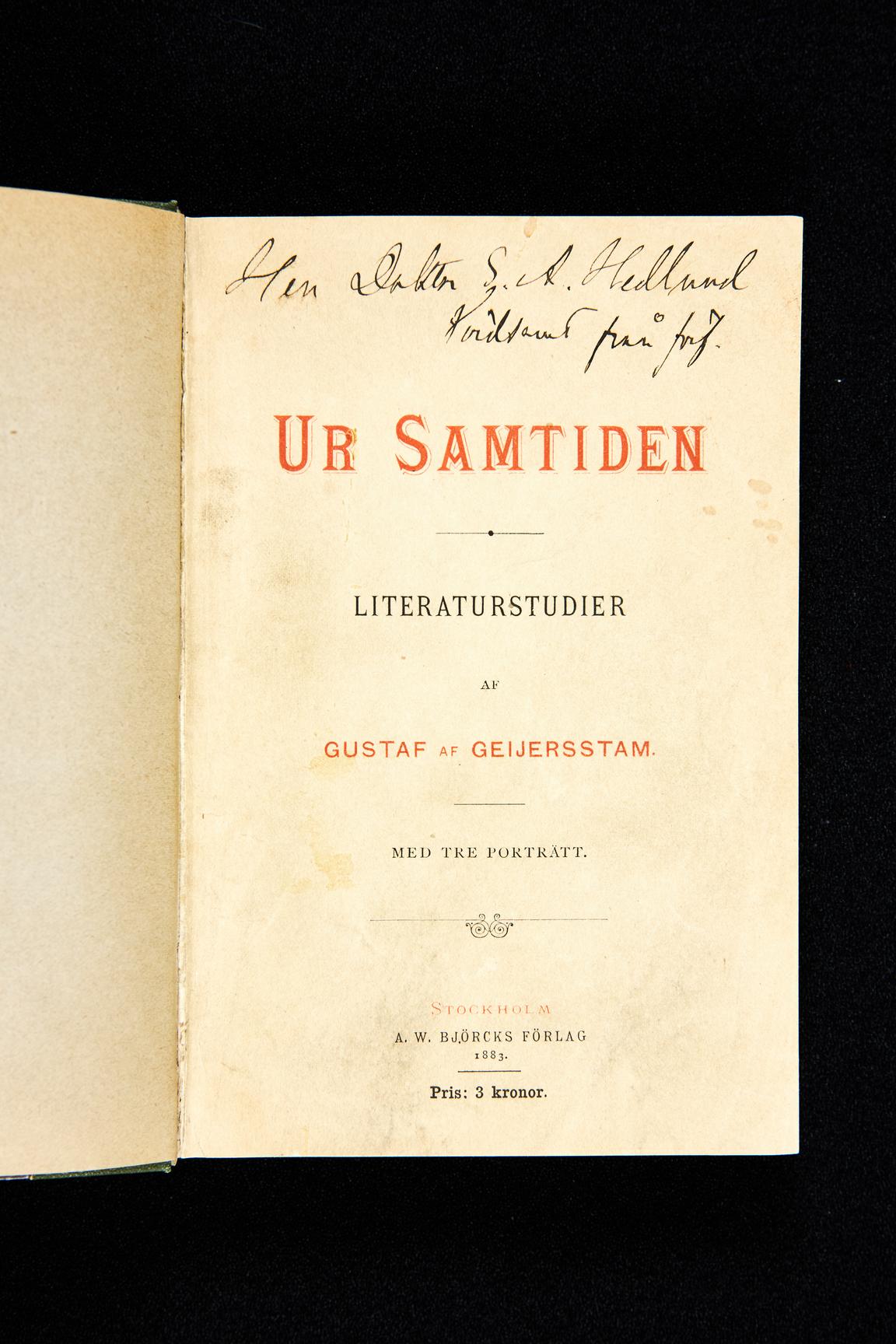
Access the collection
The collection is held in the closed stacks at the Humanities library. It is available for reading room use only.
Catalogue
The collection is catalogued in its entirety.
In Libris
In Supersearch
Humanities library
Renströmsgatan 4
405 30 GOTHENBURG
Phone: 031-786 17 45
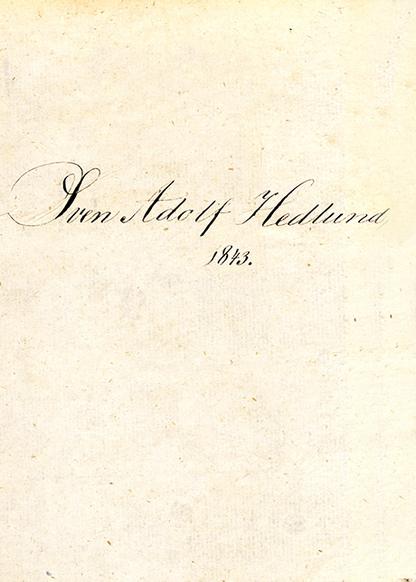
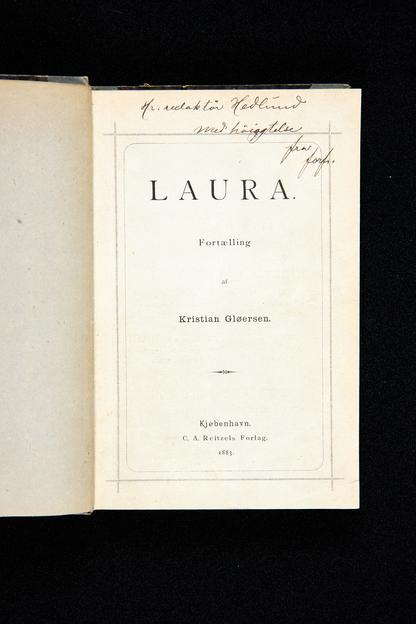
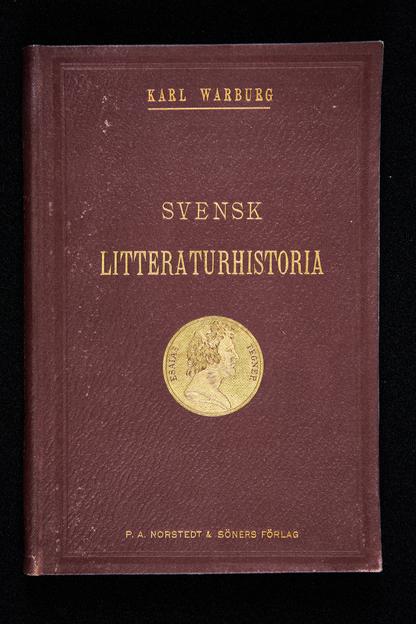
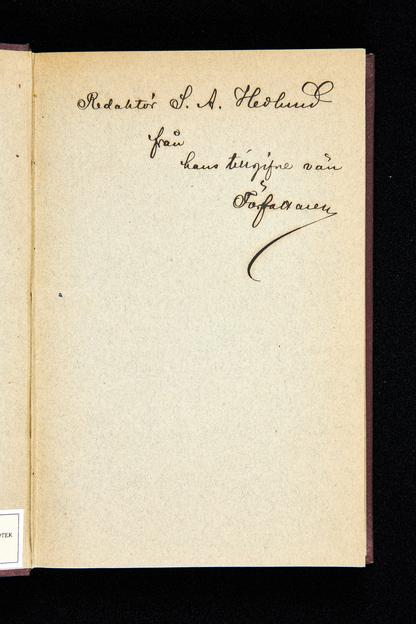
Text:
Stefan Benjaminsson
The collection is catalogued by Stefan Benjaminsson and Kristina Sevo.
Biography
Sven Adolf Hedlund (1821–1900) was a liberal politician and publicist. As a politician, he was a member of the Riksdag in the first and second chamber for several periods. He carried out his main political efforts as a member of the Gothenburg city council between 1863 and 1891, and was a driving force behind a number of municipal endeavours. Among the latter, Hedlund was the main initiator behind the library of the Gothenburg museum. The idea was something he brought from England, mainly from the British Museum and its library.
According to Olle Gellerman's text on S. A. Hedlund, it was the Victoria and Albert Museum that served as a model for the library. The Gothenburg museum was to include, apart from the science section, the art collection of the Art society, a public library and a permanent exhibition showcasing products from local industries. In 1870, Hedlund proposed that a large library hall should be made in the house, with room for between 40 000and 50 000 volumes. The library of the Gothenburg museum was later remade as the Gothenburg City library, which in turn was made the Gothenburg University Library in 1961. Thereby, Hedlund can be said by extension to be a directly generative force behind the present-day Gothenburg University Library. Hedlund was also part of the circle that promoted the issue of establishing a Gothenburg college. Hedlund was editor-in-chief of the Göteborgs Handels- och Sjöfartstidning from 1852 until his death in 1900, for nearly half a century. As such, he held a prominent place within the Swedish press circles. It was also partially in his capacity as editor-in-chief of the GHT that he received dedicated books as gifts.

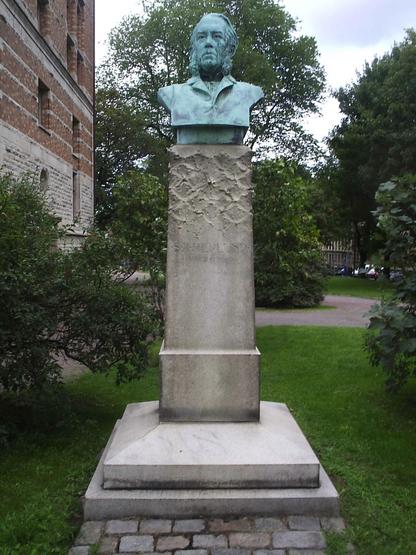
Read more
Brusewitz, Lisa. Böcker som gåvor i det borgerliga samhället - an overview and analysis of dedicated works in the S. A. Hedlund Collection. Master's thesis.
Gellerman, Olle. S.A. Hedlund: legendarisk tidningsman och liberal politiker, Atlantis, Stockholm, 1998.
Hallberg, Seth Severin. Göteborgs stadsbibliotek 1891-1941: minnesskrift, 1941.
Suggested research topics
- An overview of the collection's contents. What is represented here, and how does it mirror the time and context of the material?
- Bibliographical research
- Provenances in the collection.
- S. A. Hedlund's importance to the then Gothenburg City library and its creation.
Please contact us if you have any suggested research topics you would like to share!
Help us!
Can you read Sanskrit? The collection has materials in this language. Would you like to contribute to our work with the collections? Please contact kulturarv@ub.gu.se!